Kolloquiumsprogramm
Das Kolloquium wird in Zusammenarbeit mit dem Forschungsverbund VINAR und der ZAMG (Zentralanstalt für Meteorologie und Geodynamik) durchgeführt.
Datum: Dienstags von 16:30 bis 18:00 Uhr
Raum: Achtung neuer Raum!!! 2F513 (Exner-Raum), Josef-Holaubek-Platz 2, UZA 2, 1090 Wien
-
08/03/2022 - Götz BOKELMANN: "The coming AdriaArray project" NUR ONLINE!
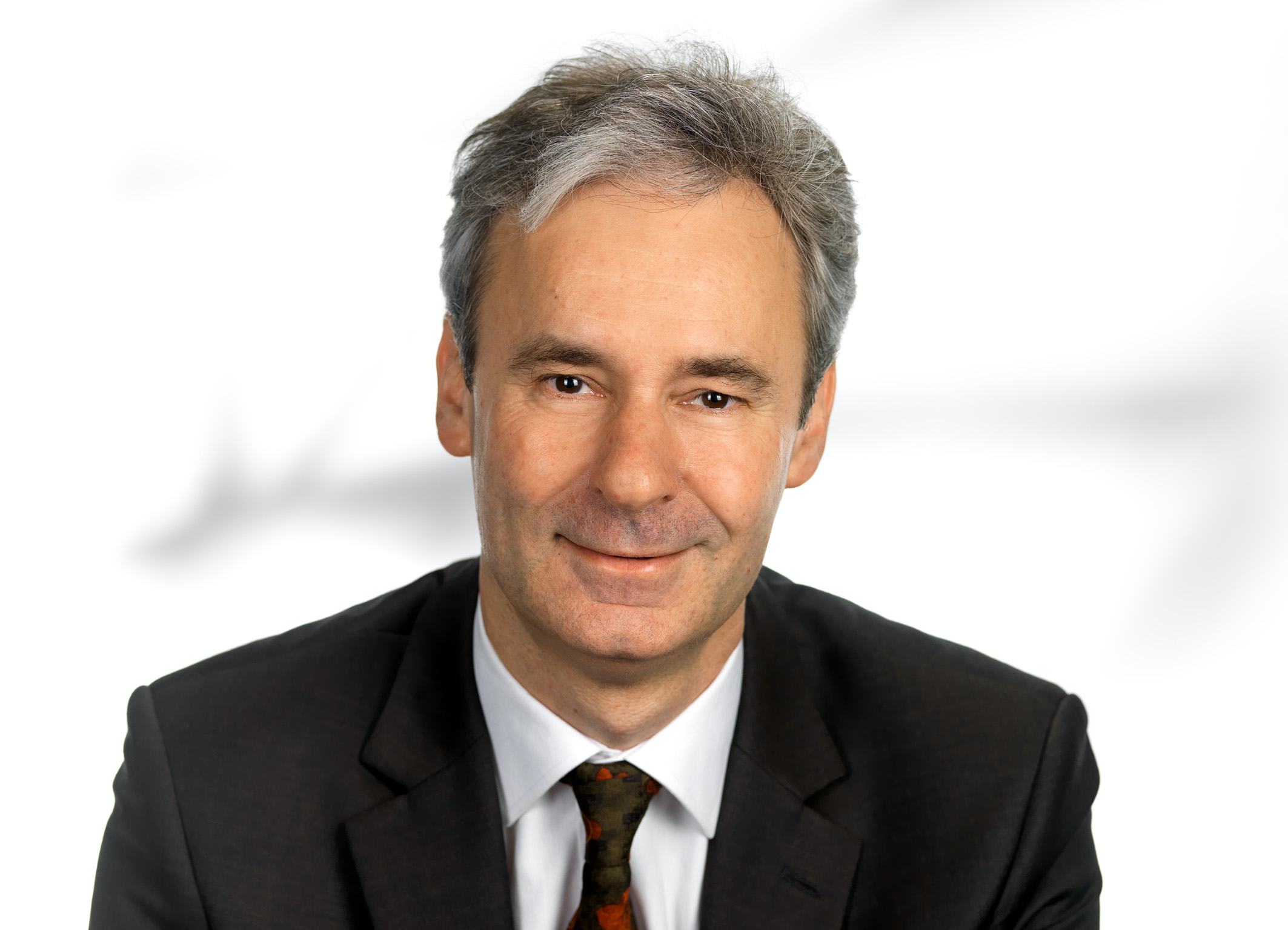
© Bokelmann Götz BOKELMANN (Department of Meteorology and Geophysics, University of Vienna)
This year 2022 will see the beginning of the international AdriaArray project - extending AlpArray to include all of Southeastern Europe, until Poland, Ukraine and Greece. The core of the project will be a seismological network of the region, which will be complemented by the other geosciences. In this presentation we will revisit some of the major results from the AlpArray project, and make the case for a deepended study of the region around the Adriatic Sea and the Balkans peninsula.
Zum aufgezeichneten Online-Vortrag hier klicken. Passcode: &vP3&+m3
-
15/03/2022 - Adrian CONSTANTIN: "Stratospheric planetary flows from the perspective of the Euler equation on a rotating sphere" NUR ONLINE!
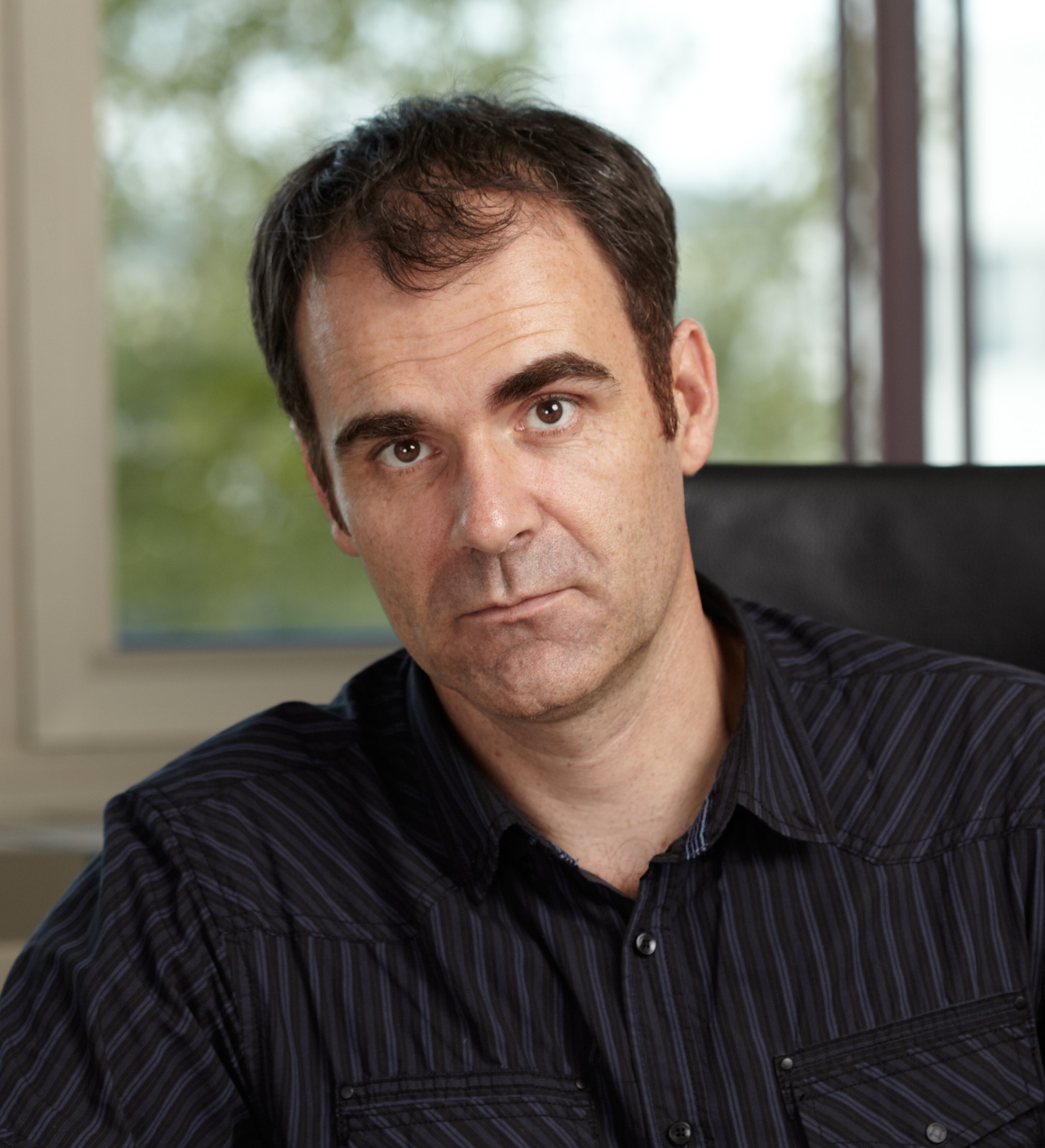
© Constantin Adrian CONSTANTIN, (Faculty of Mathematics, University of Vienna)
We discuss stationary solutions of Euler's equation on a rotating sphere and their relevance to the dynamics of stratospheric flows in the atmosphere of the outer planets of our solar system. We present some rigidity results (showing that certain stationary solutions must be either zonal or rotated zonal solutions) and some stability results of low-mode Rossby-Haurwitz stationary solutions. This is joint work with Pierre Germain (Courant Institute, New York).
Zum aufgezeichneten Online-Vortrag hier klicken. Passcode: 71J*DVzu
-
22/03/2022 - Andreas PREIN: "Modeling the Impacts of Climate Change on Extreme Precipitating Storms" NUR ONLINE!
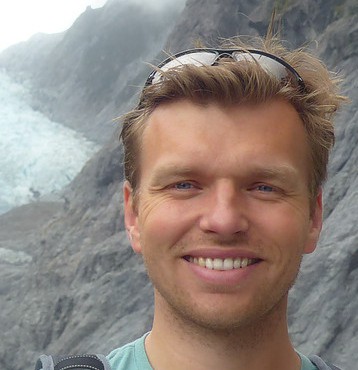
@ Prein Climate change is already causing an increase in extreme precipitating storms, thereby contributing to a rapid rise in major flood events globally. These increases are expected to further amplify under future climate change. In this seminar, we will discuss the atmospheric drivers that cause extreme precipitation increases and investigate modeling strategies that can improve our understanding of historic and future changes. We will also summarize current regional and global efforts by the World Climate Research Program (WCRP) to coordinate and accelerate research in this area.
Zum aufgezeichneten Vortrag hier klicken. Passcode: N3zU&$98
-
29/03/2022 - Robert GUYER: "Hysteresis: a magnet, porous media, Berea sandstone" NUR ONLINE!
Robert GUYER (University of Massachusetts Amherst)
A generic description of hysteresis provides the means to identify the basic elements in its description. Specific examples, drawn from a wide variety of systems allow one to see the basic elements in place, at work. Attention will then shift to hysteresis in the behavior of geophysical materials, the Berea sandstone is the "poster child". A sequence of experiments from quasi-static to dynamic, with a pause at neutron scattering, will be described. These illustrate where hysteresis shows up, how you characterize its behavior, and use that characterization in the description of geophysical systems.
Zum aufgezeichneten Online-Vortrag hier klicken. Passcode: =VY^k4.p
-
05/04/2022 - Qingyu WANG: "Listening to the Whispers of the Earth" NUR ONLINE!

© Wang Qingyu WANG (Massachusetts Institute of Technology)
Ambient noise correlation technology has made it feasible to use passive seismic recording to fellow the evolution of underground structures. Because of the correspondence between changes in seismic veloxity and stress/strain, we listen to the whispers of the Earth be studying the direct Earth's mechanical respondes to tectonic and volcanic processes and some transient fluctuations derived from external environmental perturbations. I will be introducing some theories and ending up with some comprehensive applications.
Zum aufgezeichneten Vortrag hier klicken. Passcode: %GG%q9xp
-
26/04/2022 - Nikolaos EVANGELIOU: "Atmospheric ammonia constrained by satellite observations" NUR ONLINE!
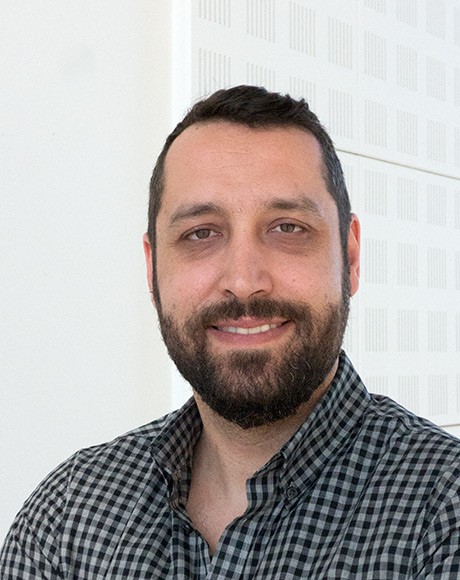
© Evangeliou Atmospheric ammonia has received a lot of attention as a significant anthropogenic contaminant. It causes a series of cascading negative effects for the ecosystem, due to acidification of soils and eutrophication of reservoirs, as well as human health, because it is a precursor of PM2.5 formation. For these reasons, international policies have been initiated towards reduction of ammonia emissions. During the last decade, several satellite products (such as IASI, AIRS, CrIS, TES etc.) have also been developed in an effort to identify global levels of ammonia considering that the relatively sparse existing monitoring network has an insufficient coverage for this purpose. Here, we are showing an effort to calculate emissions of NH3 based on these products also recording the impact of the recent pandemic.
Zum aufgezeichneten Vortrag hier klicken. Passcode: 8jac#A3&
-
03/05/2022 - Caroline MULLER: "The role of radiative feedbacks in organizing convective clouds"
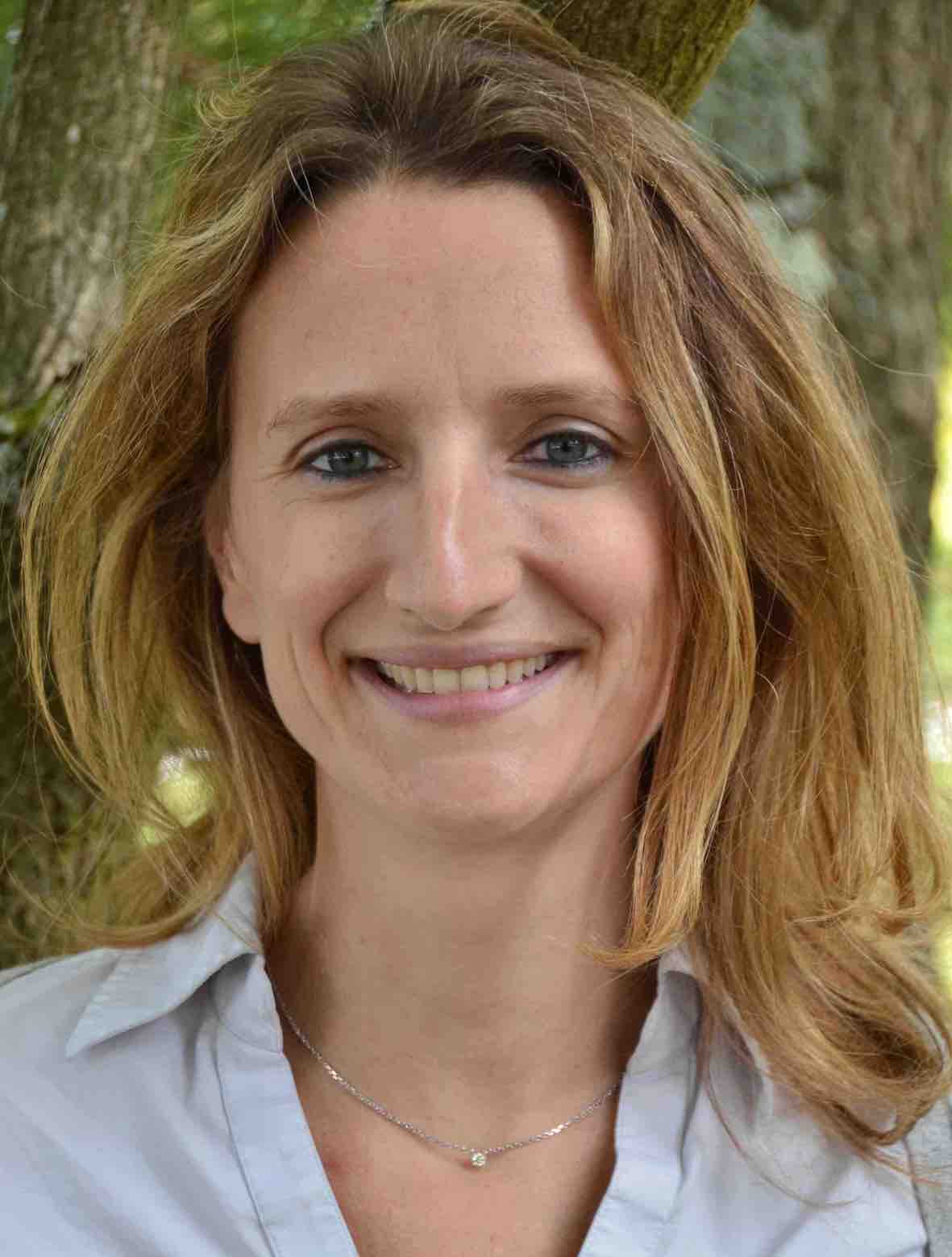
© Muller Caroline MULLER, (Institute of Science and Technology (IST) Austria)
Idealized simulations of the tropical atmosphere have predicted that clouds can spontaneously clump together in space, despite perfectly homogeneous settings. This phenomenon has been called self-aggregation, and results in a state where a moist cloudy region with intense deep convective storms is surrounded by extremely dry subsiding air devoid of deep clouds. We review here the main findings from theoretical work and idealized models, highlighting the physical processes believed to play a key role in convective self-aggregation. We also review the growing literature on the importance and implications of this phenomenon for the atmosphere, notably for the hydrological cycle and for precipitation extremes, in our current and in a warming climate.
Dienstag, 16:30 Uhr bis 18:00 Uhr
Ort: HS 2B204, (Eberhard Clar Saal), Josef-Holaubek-Platz 2, UZA 2, 1090 Wien
Attention: Only in presence!
-
10/05/2022 - Franziska AEMISEGGER: "Addressing the cloud-circulation conundrum in the North Atlantic trades using water isotopes"
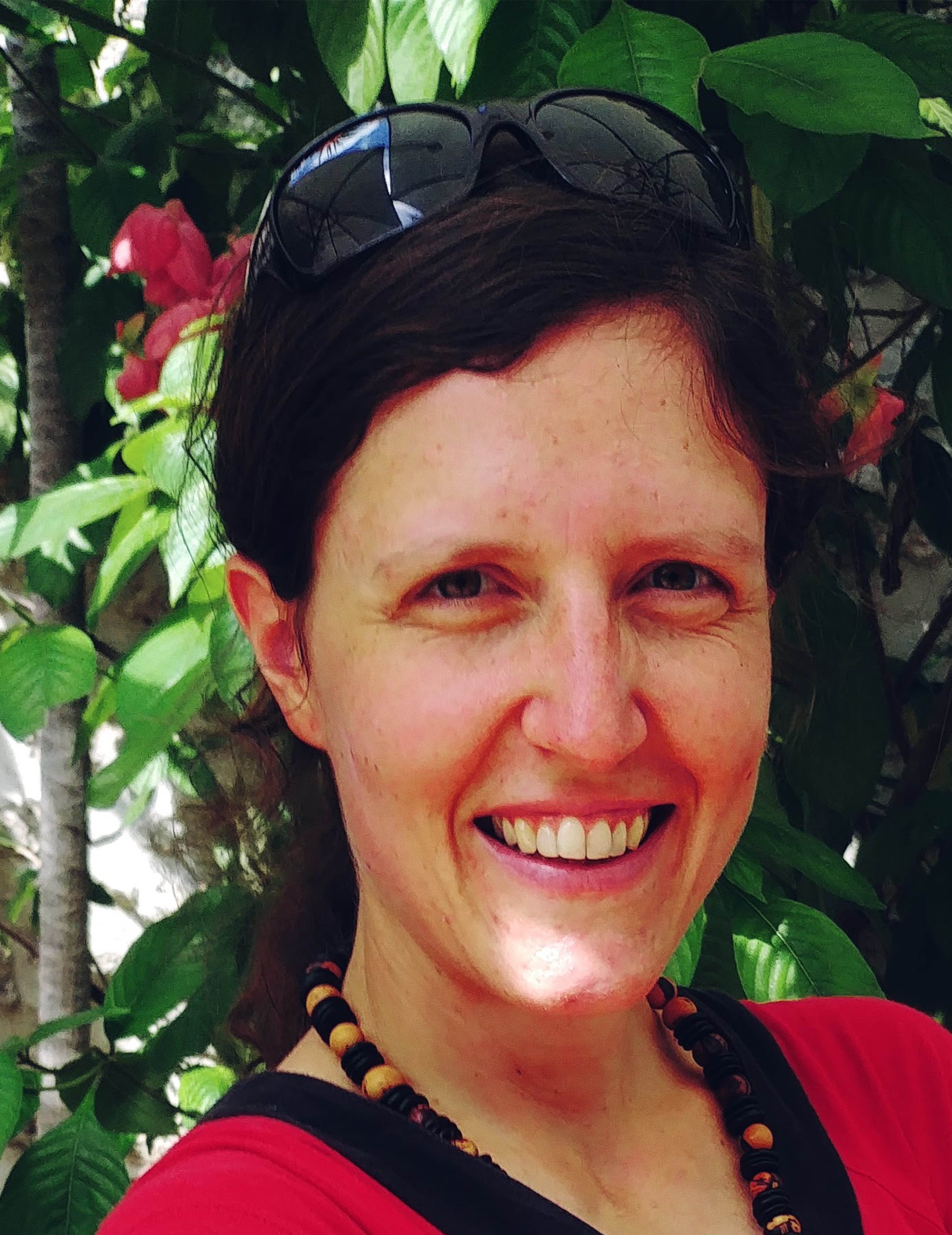
© Aemisegger Franziska AEMISEGGER (ETH Zürich)
Shallow cumulus clouds, the most frequent cloud type on Earth, are at the heart of current uncertainties in future climate projections. These boundary layer clouds form due to a subtle interplay between the large-scale atmospheric circulation and small-scale physical processes embedded in the flow. In this presentation, I will show how stable water isotopes can be used as measurable tracers of this interplay and thus serve as a tool to link different flow regimes in the North Atlantic winter trades with mesoscale shallow cumulus cloud patterns. A case study using measurements from the Caribbean island Barbados will highlight the importance of midlatitude Rossby wave breaking for the formation of two frequently occurring mesoscale cloud patterns. Finally, a climatological perspective will emphasise the substantial interannual variability in the occurrence frequency of extratropical flow regimes in the North Atlantic trade wind region.
Dienstag, 16:30 Uhr bis 18:00 Uhr
Ort: HS 2B204, (Eberhard Clar Saal), Josef-Holaubek-Platz 2, UZA 2, 1090 Wien
Achtung: Der Vortrag wird nur in Präsenz abgehalten!
-
31/05/2022 - Rüdiger BRECHT: "Improving Lagrangian particle models using deep learning"
(Memorial University of Newfoundland, St. John's, Canada)
The resolution (spatial or temporal) of meteorological fields (e.g. wind, temperature, geopotential) provided by forecasting centres is not sufficient for general particle transport models. Currently, the intermediate fields are obtained through linear interpolation. Here, we demonstrate different neural network architectures, to generate higher resolutions of meteorological fields and outperform the linear interpolation. Preliminary results are presented.
Dienstag, 16:30 Uhr bis 18:00 Uhr
Ort: Raum 2F513, (Exner-Raum), Josef-Holaubek-Platz 2, UZA 2, 1090 Wien
Achtung: Der Vortrag wird nur in Präsenz abgehalten!
-
15/06/2022!!!! - Michela BIASUTTI: "Climate Change in the Sahel: What happened? What will happen? How should we prepare?"
Michela BIASUTTI, (Columbia University)
The Sahel extends from Senegal to Ethiopia. It's a ribbon of semi-arid land at the edge of the Sahara desert, where livelihoods are especially vulnerable to climate shocks. The Sahel drought of the 1970s and 1980s was so unique — severe, widespread, and long-lasting — that it has often been cited as an example of a man-made disaster, imputed first to local land-use practices and later to global climate change. We investigate a hierarchy of climate models to confirm the role of global climate over local forcings and to try to attribute the 20th century drought to either emissions of greenhouse gasses, or emissions of other pollutants, or simply the chaotic ups and downs of natural variability. The models suggest that pollutants from the US and Europe were implicated in the drought, but a more quantitative assessment is hampered by the mismatch between the historical record and the coupled model simulations.
This leaves us with the question of how to use projections of climate change in the area: Given their less-then-stellar performance in reproducing the past, how much should we trust the models’ forecast of the future? Can we use current climate projections to drive impact models and stress-test adaptation options? How should we interpret inter-model disagreements in the climate forecast? We present examples of how to use current climate projections to guide adaptation to a warming climate in ways that take advantage of the most robust aspects of the projections, without shying away from their uncertainty.
Mittwoch 15.6., 13:00 Uhr bis 14:30 Uhr! Achtung anderes Datum und Uhrzeit!!!
Ort: Raum 2F513, (Exner-Raum), Josef-Holaubek-Platz 2, UZA 2, 1090 Wien
Achtung: Der Vortrag wird nur in Präsenz abgehalten!
-
21/06/2022 - Dorian ABBOT: "Rare Event Sampling Improves Mercury Instability Statistics"

© Abbot Dorian ABBOT, (University of Chicago)
Due to the chaotic nature of planetary dynamics, there is a non-zero probability that Mercury's orbit will become unstable in the future. Previous efforts have estimated the probability of this happening between 3 and 5 billion years in the future using a large number of direct numerical simulations with an N-body code, but were not able to obtain accurate estimates before 3 billion years in the future because Mercury instability events are too rare. In this paper we use a new rare event sampling technique, Quantile Diffusion Monte Carlo (QDMC), to estimate that the probability of a Mercury instability event in the next 2 billion years is approximately 10^−4 in the REBOUND N-body code. We show that QDMC provides unbiased probability estimates at a computational cost of up to 100 times less than direct numerical simulation. QDMC is easy to implement and could be applied to many problems in planetary dynamics in which it is necessary to estimate the probability of a rare event.
Dienstag, 16:30 Uhr bis 18:00 Uhr
Ort: Raum 2F513, (Exner-Raum), Josef-Holaubek-Platz 2, UZA 2, 1090 Wien
Achtung: Der Vortrag wird nur in Präsenz abgehalten!
-
28/06/2022 - Michael RIEMER: "Limits of predictability: Insights from the perspective of atmospheric dynamics"
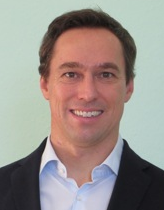
© Riemer Michael RIEMER (Universität Mainz)
How well can we predict the weather? Questions about the limits of predictability pose an intriguing and societally highly relevant problem. The limit of predictability is directly related to the growth of forecast errors in scale and amplitude. Following seminal work by Ed Lorenz in the late 1960’s, many studies have taken a broad-brush view on the dynamics that underly the growth of forecast errors, namely that scale interactions occur as if the atmosphere behaved like homogenous and isotropic turbulence. Applying a quantitative potential-vorticity framework, new insight into the growth of forecast errors in the midlatitudes is gained. In a conceptual, multi-stage error-growth model, upper-tropospheric divergent outflow is identified as the most efficient process that projects uncertainties in the representation of moist processes onto the tropopause dynamics. Nonlinearities in the Rossby wave dynamics then dominates further growth, while the direct role of baroclinic instability is small, on average, in contrast to widely held previous ideas. Our improved mechanistic understanding of error growth finally suggests an avenue to identify forecasts situations in that the limits of predictability are already reached, i.e., in that no further improvements to state-of-the-art forecast systems would yield a measurable increases in forecast skill.
Zum aufgezeichneten Online-Votrag hier klicken. Passcode: N@bj0q5+
